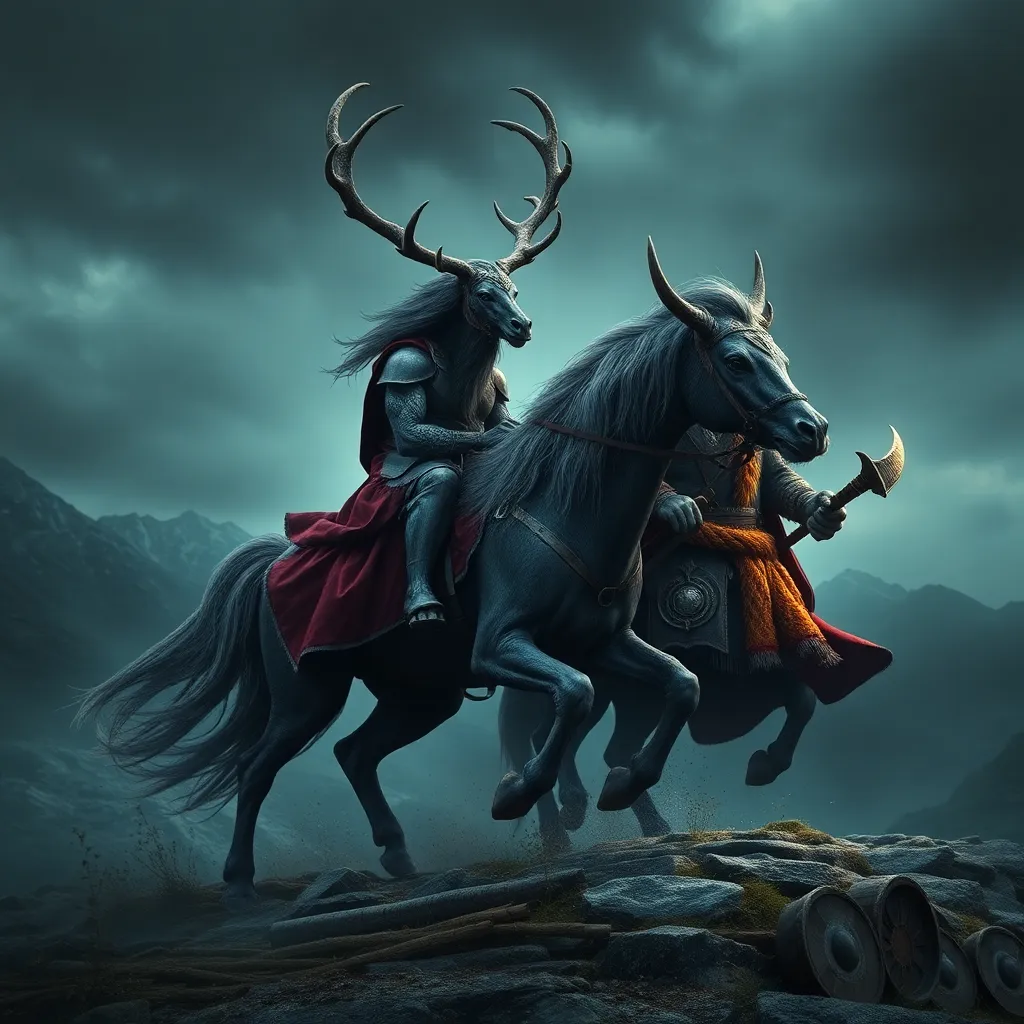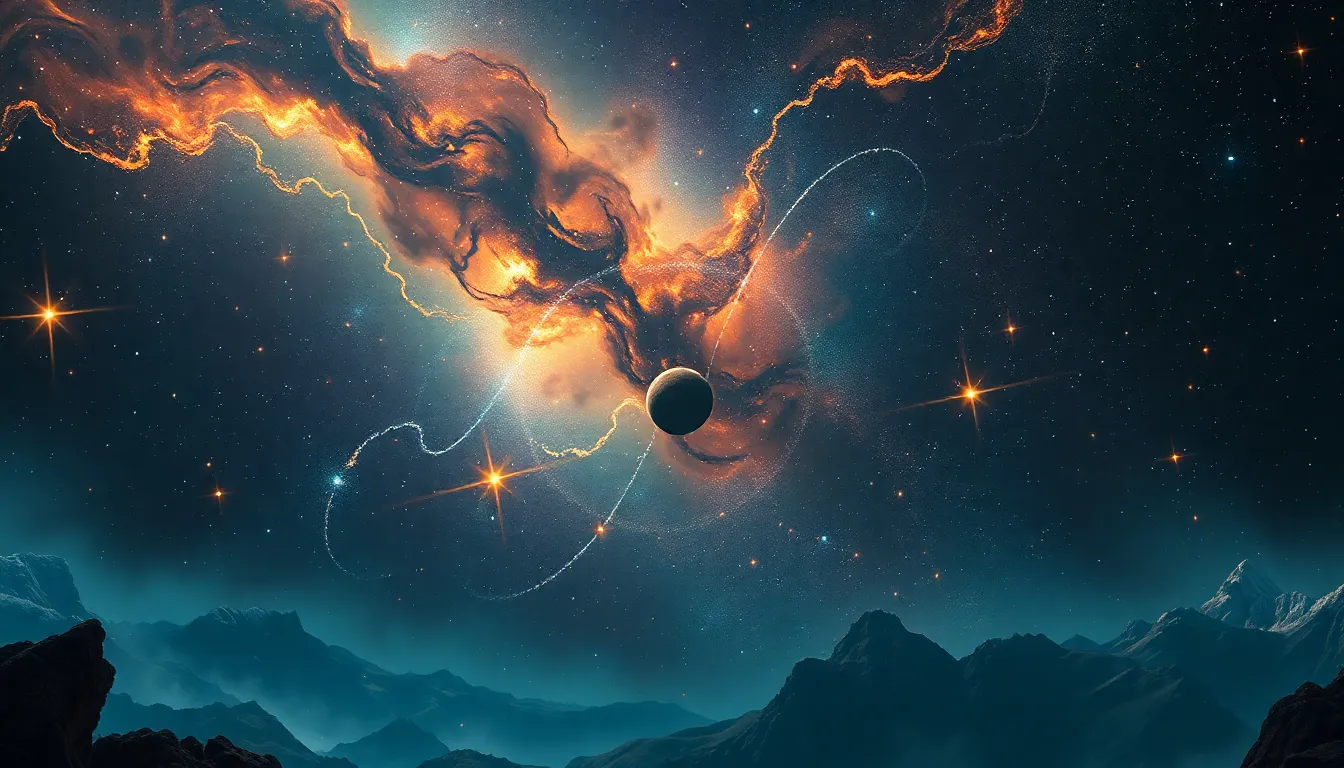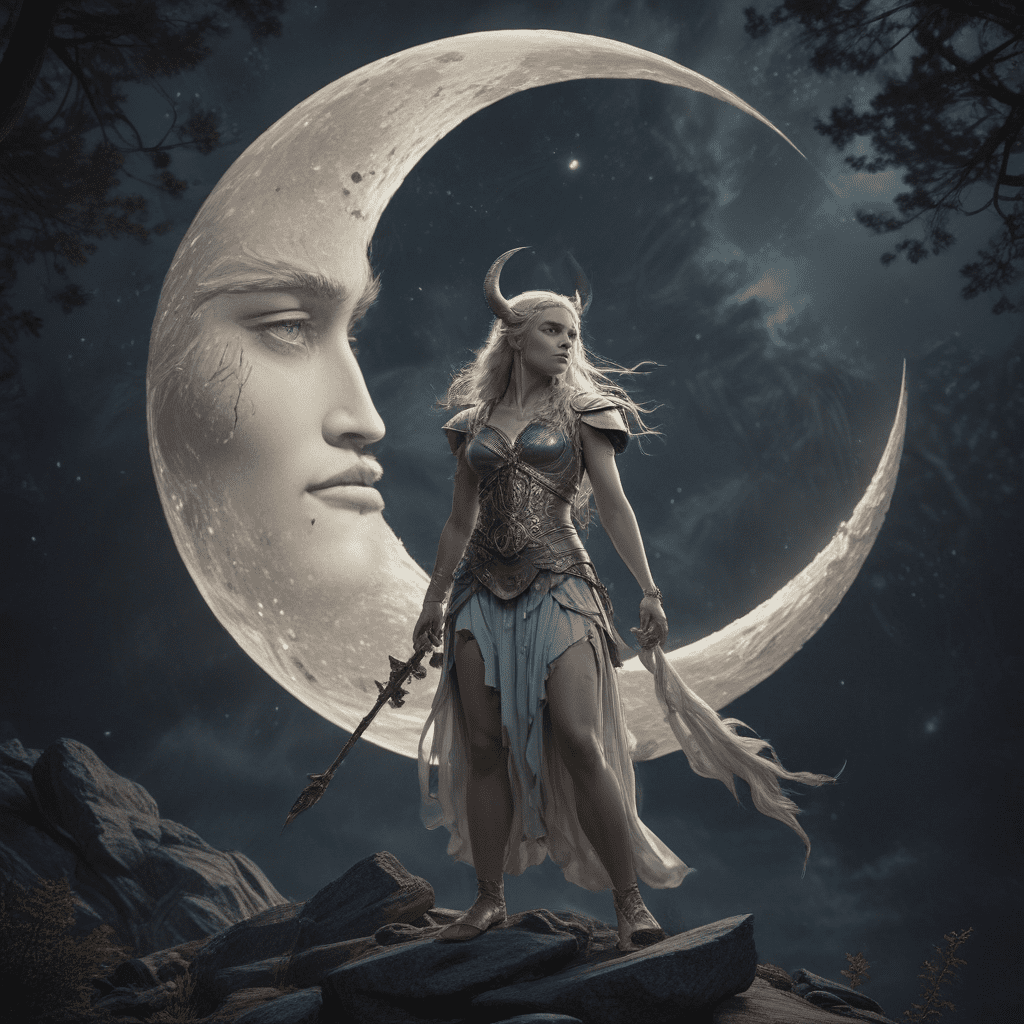Sleipnir Tales: The Norse Gods of War and Thunder: Thor and Odin
I. Introduction
Norse mythology is a rich tapestry of gods, goddesses, heroes, and mythical creatures that has fascinated people for centuries. It provides insight into the beliefs, values, and imaginations of the Norse people, shaping their understanding of the world around them. Among the myriad figures in these ancient tales, two stand out as central figures: Thor and Odin. Thor, the God of Thunder, and Odin, the All-Father, embody the duality of strength and wisdom, respectively, and their stories have been passed down through generations.
Integral to their narratives is Sleipnir, Odin’s eight-legged steed, symbolizing the connection between the gods and the realms they protect. This article explores the origins, roles, and relationships of these two powerful deities, shedding light on their significance within Norse mythology.
II. The Origins of Thor and Odin
A. Thor: The God of Thunder
Thor’s origins are steeped in legend. He is the son of Odin and the earth goddess Jord, making him a vital figure in both the divine and mortal realms. Thor is often depicted as a robust and fearsome warrior, wielding his mighty hammer, Mjölnir, which is a symbol of protection and power.
The thunder and storms that Thor embodies serve as a reminder of nature’s fierce and untamed aspects. His association with storms is not merely destructive; it also represents fertility and the life-giving aspects of rain, showcasing the duality of his character.
B. Odin: The All-Father
Odin’s story begins with his birth from the primordial being Buri. He later ascended to power by defeating the frost giant Ymir, thus establishing himself as the ruler of the gods. Odin is the god of wisdom, war, and death, often depicted as a wanderer seeking knowledge and understanding.
His quest for wisdom led him to sacrifice one of his eyes at Mimir’s well, which granted him profound insight into the workings of the cosmos. Odin’s character is complex; he represents the cyclical nature of life, death, and rebirth.
III. Thor: The Protector of Humanity
A. Thor’s role in defending the gods and humans
As the protector of both gods and humanity, Thor’s primary role is to defend against the chaotic forces of the giants, who constantly threaten the stability of the cosmos. He embodies bravery and strength, often taking on seemingly insurmountable challenges.
B. Key myths showcasing Thor’s bravery and strength
- The battle against the giants: Thor’s encounters with giants, such as his fight against the serpent Jörmungandr during Ragnarök, highlight his role as the ultimate warrior.
- The theft of Mjölnir: In this myth, Thor’s hammer is stolen by the giant Thrym, leading to a daring rescue mission that showcases his quick wit and combat prowess.
C. Thor’s relationships with other gods and beings
Thor’s relationships with other deities and beings in Norse mythology are significant. He often collaborates with Loki, the trickster god, despite their tumultuous friendship. Additionally, his interactions with the goddess Sif and his children, Magni and Modi, further enrich his narrative, emphasizing themes of loyalty and familial bonds.
IV. Odin: The God of Wisdom and War
A. Odin’s quest for knowledge and sacrifice for wisdom
Odin’s relentless pursuit of knowledge is one of his defining traits. He travels across the realms in disguise, seeking out insights from wise beings. His sacrifices for wisdom often come at great personal cost, illustrating the theme that knowledge is not easily attained.
B. The significance of his ravens and wolves
Odin is accompanied by two ravens, Huginn and Muninn, which symbolize thought and memory. They fly across the worlds to gather information for him. Additionally, his wolves, Geri and Freki, reflect his connection to the wild and the ferocity of battle, complementing his warrior aspect.
C. Odin’s role in warfare and the afterlife (Valhalla)
Odin is deeply intertwined with warfare. He presides over Valhalla, the hall where slain warriors are welcomed after death to prepare for Ragnarök. His selection of the bravest souls for Valhalla showcases his role as a god who values courage and valor in battle.
V. The Relationship Between Thor and Odin
A. Father-son dynamics and their mythological interactions
The relationship between Thor and Odin is complex and multifaceted. As father and son, they embody different aspects of power and responsibility. While Odin represents wisdom and strategy, Thor embodies brute strength and courage. Their interactions often reflect the balance between these two forces.
B. How their powers complement each other in battle
In times of conflict, Thor and Odin’s powers complement one another. Thor’s ferocity in battle often supports Odin’s strategic planning, making them an unstoppable force against their foes. Their combined strength is a testament to the importance of unity and collaboration.
C. Significant tales highlighting their partnership
- The journey to Jotunheim: In this tale, Thor and Odin venture into the land of giants, showcasing their combined strengths and the importance of their partnership.
- The quest for knowledge: Together, they seek out knowledge and wisdom, emphasizing their complementary natures.
VI. Sleipnir: The Eight-Legged Steed
A. Introduction to Sleipnir and its origins
Sleipnir, the eight-legged horse, is one of the most unique creatures in Norse mythology. Born of Loki’s shape-shifting and the stallion Svaðilfari, Sleipnir is a remarkable being that symbolizes speed and the connection between realms.
B. Sleipnir’s significance in Norse mythology
Sleipnir is not just a mode of transportation for the gods; he represents the ability to traverse both the physical and spiritual worlds. His eight legs allow him to travel swiftly between the realms of the living and the dead, embodying the fluidity of existence in Norse thought.
C. Thor and Odin’s connection to Sleipnir: Riders of the divine horse
Both Thor and Odin share a connection to Sleipnir, utilizing him in their journeys across the nine realms. Odin is often depicted riding Sleipnir, emphasizing his status as the All-Father, while Thor’s occasional rides further illustrate the bond between the gods and their means of travel.
VII. Cultural Impact and Legacy
A. The enduring popularity of Thor and Odin in modern culture
Thor and Odin continue to resonate in contemporary culture, reflected in literature, film, and art. Their stories have been reimagined in various forms, from comic books to blockbuster movies, capturing the imagination of audiences worldwide.
B. Representation in literature, film, and art
- Comic books: Marvel Comics has brought Thor to the forefront, introducing him to new generations.
- Films: The Marvel Cinematic Universe has portrayed Thor and Odin, making them household names.
- Art: Various artistic interpretations of their myths continue to inspire and captivate audiences.
C. The relevance of their stories in contemporary discussions of mythology
The tales of Thor and Odin resonate with themes of courage, wisdom, and the eternal struggle between order and chaos. These narratives provide valuable lessons about the human condition, encouraging individuals to explore their own journeys.
VIII. Conclusion
Thor and Odin hold a prominent place in Norse mythology, representing the dual forces of strength and wisdom. Their tales are not just stories of gods; they offer insights into the values and beliefs of the Norse people. The lasting legacy of their narratives continues to inspire and inform discussions about mythology and its relevance today.
As we delve deeper into Norse myths, we uncover a world rich with lessons and archetypes that speak to the complexities of existence. The adventures of Thor, Odin, and Sleipnir invite us to explore further into the ancient narratives that continue to shape our understanding of the divine and the human experience.




